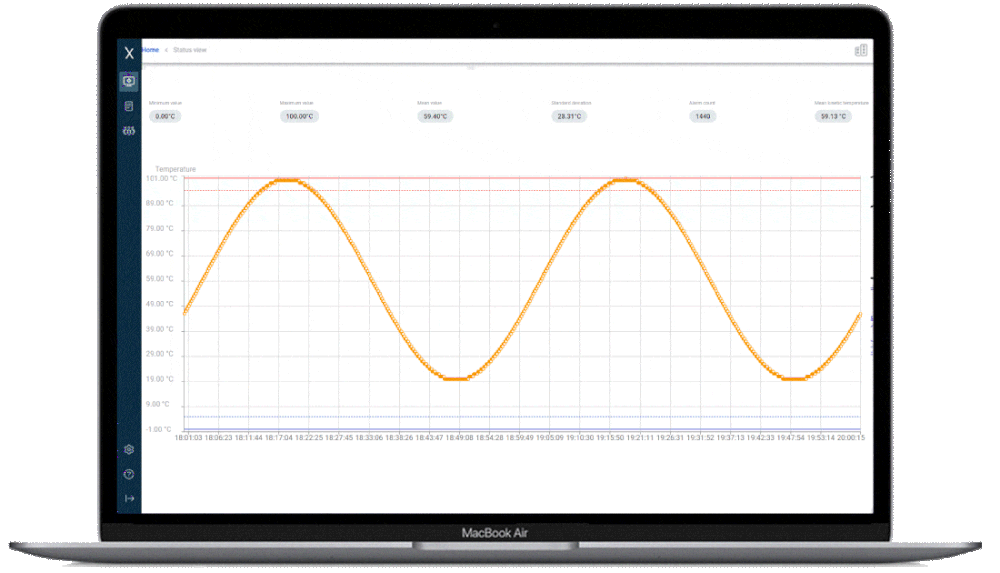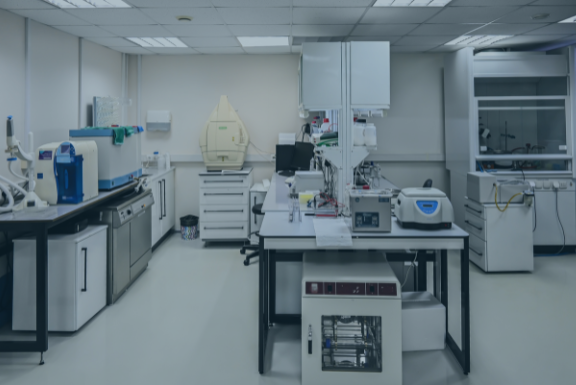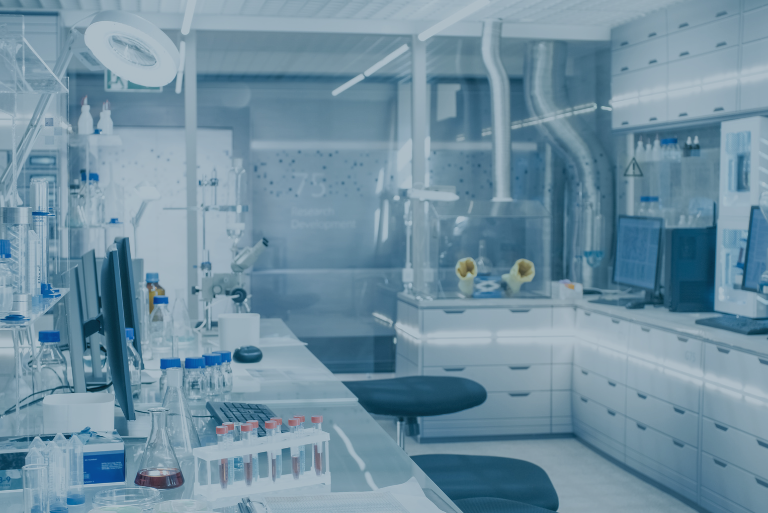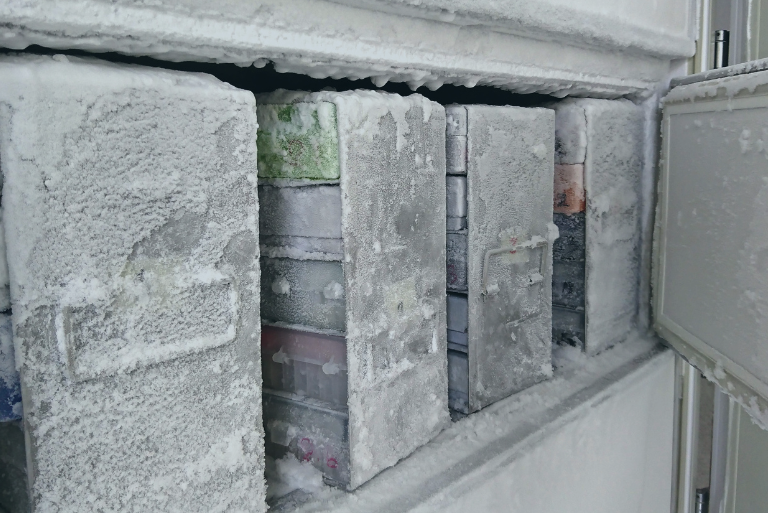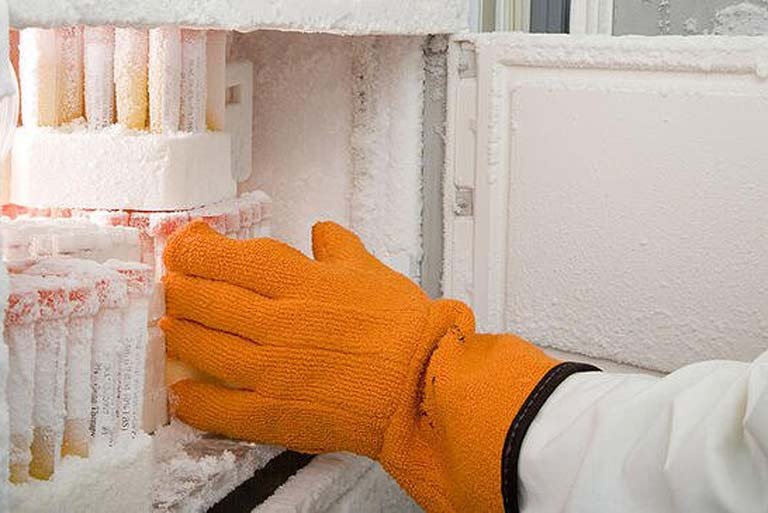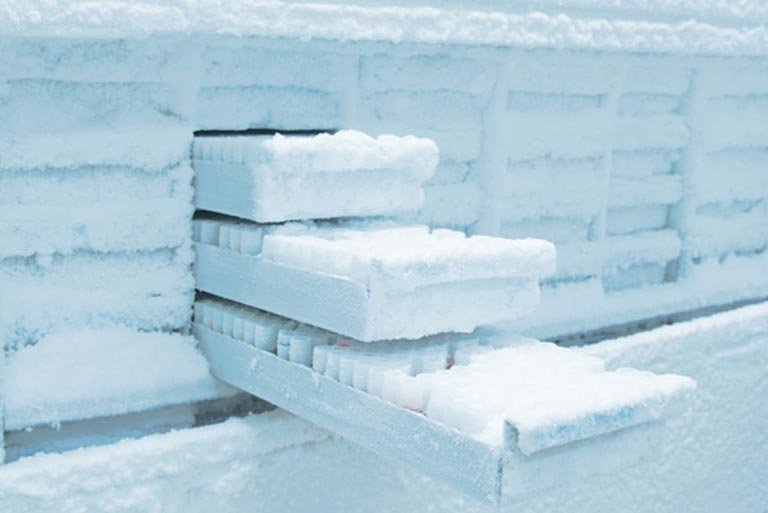Live Agent Environmental Monitoring System for Laboratories
24/7 Eyes on Your Lab Environment
Eliminating variables is essential for labs of any size to preserve capital, maintain compliance, and keep the pipeline moving forward. XiltriX brings decades of experience monitoring all types of laboratory environments and equipment to help ensure accurate, reliable, and repeatable results.
Serious Laboratories Demand Serious Vigilance
Effective environmental monitoring is critical for labs of all sizes that want to advance their pipeline and ensure consistent results. No matter how complex your environment is, XiltriX delivers a reliable monitoring system through purpose-built hardware, software, and the SafetyNet team, all to help you improve SOPs and ensure a stable environment.
The Only Lab Monitoring System with Problem-Solvers Included
Experience peace of mind knowing that our team is on every alarm escalation protocol. We’re here to provide expert guidance to help you diagnose, evaluate, and address any problem, especially in moments of high stress.
XiltriX Sensors & Integrations
| rH&T | Water Quality |
| Light Intensity | pH |
| VOCs | Door contacts (Open/Close/Recovery) |
| Flow Sensors (Internal/External) | Gas Flow Sensors |
| Inline Gas Pressure | Airflow Sensors |
| Flood Sensors | Vacuum Sensors |
| Differential Pressure (DP) | Dry Contacts/Digital Alarm Outputs |
| Level Sensors | Power Consumption |
| Temperature Sensors | CO₂ & O₂ Sensors |
+ Many More
Don’t see a sensor you’re looking for? Contact our team to speak to an expert.
Laboratory Equipment Monitored by XiltriX
Incubators
Incubators are critical for growing and maintaining cell cultures. XiltriX integrates with your incubators to help ensure critical parameters stay within normal ranges.
-
Temperature Sensors: These sensors monitor the desired cold temperatures to preserve sample quality.
CO₂/O₂ Sensors: These sensors monitor gas concentrations to ensure an optimal environment.
Humidity Sensors: These sensors monitor moisture levels to avoid desiccation and ensure cell culture health.
Door Contacts: Detect door status to prevent fluctuations and prevent contamination.
Digital Alarm Output: We integrate with the device to provide general alerts.
Fridge (4°C)
XiltriX continuously monitors fridges used to store reagents and biological samples to ensure they remain operational and hold temperature.
-
Temperature Sensors: These sensors monitor the desired cold temperatures to preserve sample quality.
Door Sensors: Detect door status to prevent temperature fluctuations caused by frequent openings.
Power Consumption: Monitoring power usage helps identify potential issues with a unit’s performance and efficiency. It also aids in preventive maintenance by signaling when a freezer may need servicing to avoid unexpected failures.
Freezers (-20°C, -80°C, -140°C)
Ultra-low temperature freezers are used for different types of sample storage, each requiring precise temperature control. XiltriX monitors and alerts for any deviations that could compromise sample quality.
-
Temperature Sensors: These sensors monitor the unit to ensure no temperature deviations. This is crucial for sample preservation.
Door Sensors: Detect door openings to prevent temperature changes that could compromise sample stability.
Power Consumption: Monitoring power usage helps identify potential issues with a unit’s performance and efficiency. It also aids in preventive maintenance by signaling when a freezer may need servicing to avoid unexpected failures.
Cryotanks
Cryotanks provide ultra-low temperature storage for biological samples. XiltriX can monitor your cryotanks to ensure L2N levels and other critical parameters stay within range.
-
Level Sensors: These sensors measure liquid nitrogen levels to ensure samples are not exposed to unsafe temperatures.
Pressure Sensors: These sensors monitor internal tank pressure to detect leaks or excessive pressure situations.
Digital Alarm Output: We integrate with bulk tank controllers to provide general alerts.
Gas Manifold
Gas manifolds distribute gases to various lab instruments. XiltriX helps your laboratory ensure gas flow and pressure remain at optimal levels.
-
Gas Flow Sensors: These sensors monitor the flow of gasses through the manifold.
Inline Gas Pressure: Precise gas pressure control is essential for many applications. Gas pressure sensors are used to monitor inline gas pressure, ensuring stable and consistent conditions.
Dry Contacts / 4-20mA Outputs: Digital gas manifolds provide the capability to remotely monitor various parameters like level, pressure, and automatic switchover. It's important to consult with your vendor to ensure you select the options that are most crucial for your team.
Flow Hoods
Flow Hoods provide safe environments for sensitive experiments. XiltriX ensures these environments stay within normal parameters.
-
Airflow Sensors: These sensors monitor consistent airflow within the hood.
Digital Alarm Output: We integrate with the device to provide general alerts.
Vacuum Pump
Vacuum pumps are used to create low-pressure environments for various applications. XiltriX ensures they maintain the right pressures for your needs.
-
Vacuum Sensors: These sensors monitor vacuum levels to ensure the correct operation of the pump.
Digital Alarm Output: We integrate with the device to provide general alerts.
Microscope
XiltriX can measure the heating stage of microscopes where required, ensuring these precision instruments remain operational.
Autoclave
Operating typically at 121°C and 15 psi, autoclaves ensure the effective elimination of all forms of microbial life, including spores, thus maintaining aseptic conditions critical for reliable experimental outcomes. XiltriX can interface with these devices to ensure runs have been effectively executed.
Related Content
You Handle the Science. We’ll Handle the Rex.
See how XiltriX protects your lab environment in a personalized demo. We’ll answer your questions and tailor the presentation to meet your priorities.


